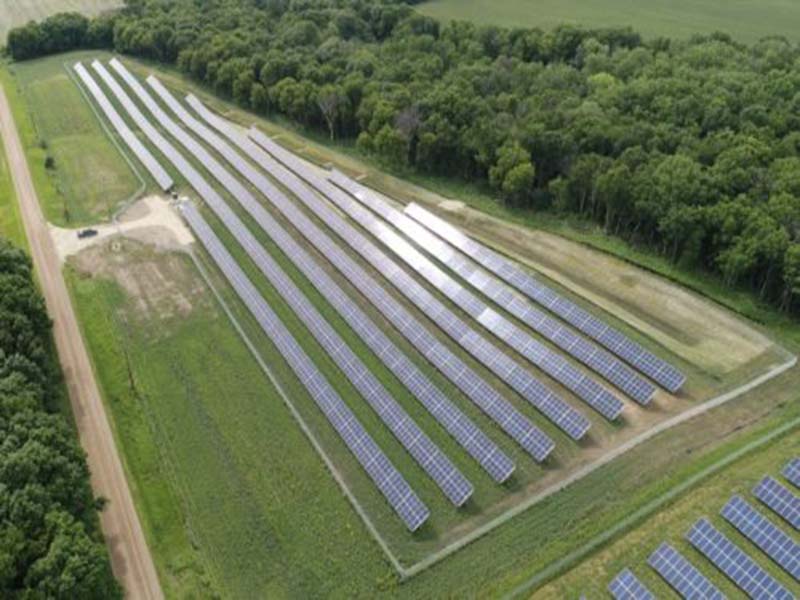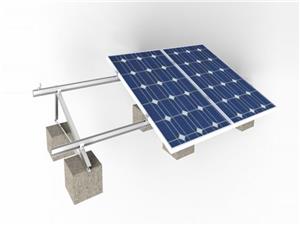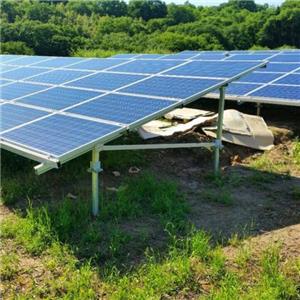Landowners need more options to stimulate rooftop-level boom in large-scale solar development
Landowners need more options to stimulate rooftop-level boom in large-scale solar development
It wasn’t so long ago that homeowners had only one option for putting solar panels on their properties. Rooftop solar required a big, upfront investment that paid back over time. Wealthy homeowners could make the investment. People that cared deeply about climate and the environment could make it work. A lot of innovations went into the growth of residential solar, but perhaps the most important was the solar lease.
With the solar lease, zero down residential solar that provided immediate savings became possible. Since the introduction of the solar lease a little more than a decade ago residential solar installations have increased by nearly 5000 percent.
Now, homeowners have the best of all worlds in solar–purchases, leases, and solar loans. Residential solar growth truly took-off when the solar market delivered expanded financial choices to homeowners. And we’ve never looked back. Today the residential solar market includes just about anyone because the industry provides smart ways for people to reduce their energy costs and increase the value of their property.
We grew the market through consumer choice and innovation. There is no doubt that increasing financial options expands the market.
The lessons of the rooftop market can be taken to commercial and utility solar-powered development today.
These innovations in the rooftop market have everything to do with commercial and utility solar-powered development today. While large-scale solar does not have the same financial flexibility as the residential market, providing options for landowners has largely been overlooked. This critical part of the industry is still heavily reliant on the traditional land-lease structure – roughly 85% of all land for solar projects is leased. Much of the land that is well suited for large-scale solar development is owned by farmers, who are facing ongoing economic pressures just as they are considering retirement. (40% of U.S. farmland is owned by farmers who are 65 or older.) The one-size fits all doesn’t work for everyone. What if they don’t want to lease their land? Maybe they would rather sell it, or monetize their lease payments.
Bottom line: Landowners, like any consumer, want options. And our industry hasn’t delivered… yet.
The faster we crack the code on giving landowners the options they need, the faster we’ll see a boom in this segment of the solar market on par with what has occurred in the rooftop market over the past decade. There are two primary areas of innovation most likely to make it happen.
Land acquisition

Ground-mount solar projects require large expanses of land — much of which is currently used as farmland in the U.S. Rather than pursuing a traditional lease, many of the farmers who control this land may prefer to simply liquidate the property, with an eye to retirement. Purchase options are not unheard of in the solar market. But how often do developers offer this option proactively? Not often. Many do not have the capital or financial partners to make this offer. The fact is that purchase options enter the conversation only when landowners demand it in exchange for site control.
Even when purchase options are on the table, they often run into snags that could be avoided with better flexibility. For example, land purchase options typically expire around a project’s Notice to Proceed (NTP). What happens if the project is delayed for some reason, but the landowner will not extend the option? Developers need to work with companies that are prepared for this issue and willing to be flexible, recognizing that short-term details shouldn’t get in the way of long-term success.
Lease pre-pay
Lease prepays are another underutilized tool in the developer’s negotiation toolbox. Lease prepays allow developers to “pull forward” the value of the lease with a single lump-sum payment, in exchange for landowners selling the land rights during the lease term. For landowners, this gives them the flexibility to maintain ownership of the property, since they regain full control of the property once the lease term expires. Plus, they can choose to sell only part of their lease term, or the whole thing. This can be a powerful offering to landowners for developers who are trying to gain site control – but today it rarely enters negotiation conversations.
It’s time
These are just two of the most likely areas of financial innovation in solar land acquisition that will bring our industry the flexibility we need. The more the industry can focus on providing easily accessible, templated, off-the-shelf options tailored to landowners’ needs at all stages of development, the more solar we can bring to market. If we want to see a level of growth similar to what happened in rooftop and residential solar (we do!), we’ll need them.
At every step, the key is to put ourselves in the landowner’s shoes. What options would we demand if we were being approached about our own land? What non-monetary interests would drive our decision making? What other non-solar options would we be weighing? In a few years, when we look back on all the innovation that happened in solar land development – and all the growth it unleashed – it will be because the industry carefully considered landowners’ needs, worked with partners to address those needs, and made it happen.
It can’t start fast enough.




